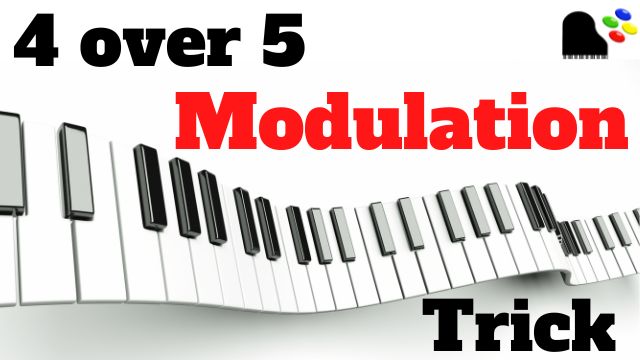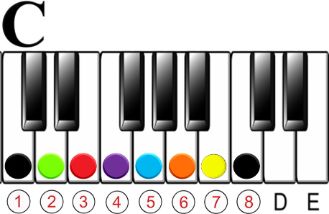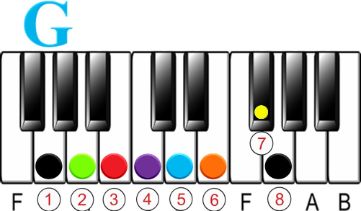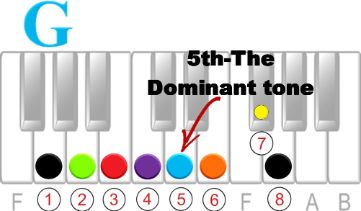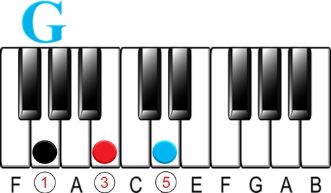The following two tabs change content below.


Greg Lee
Hi, my name is Greg Lee. I'm the creator of the Color Score Professional/Visual Chord Learning System. I love to share ideas and concepts about piano and keyboard playing in all styles of music. I believe the key to learning is having fun and making complicated things simple with visual tools and illustrations.
Latest posts by Greg Lee (see all)
- What is a minor/Major 7 Chord? - October 26, 2023
- 7 Chord Substitutions that Professionals Use - October 19, 2023
- 5 Simple Chord Tricks to Sound Amazing - October 5, 2023


